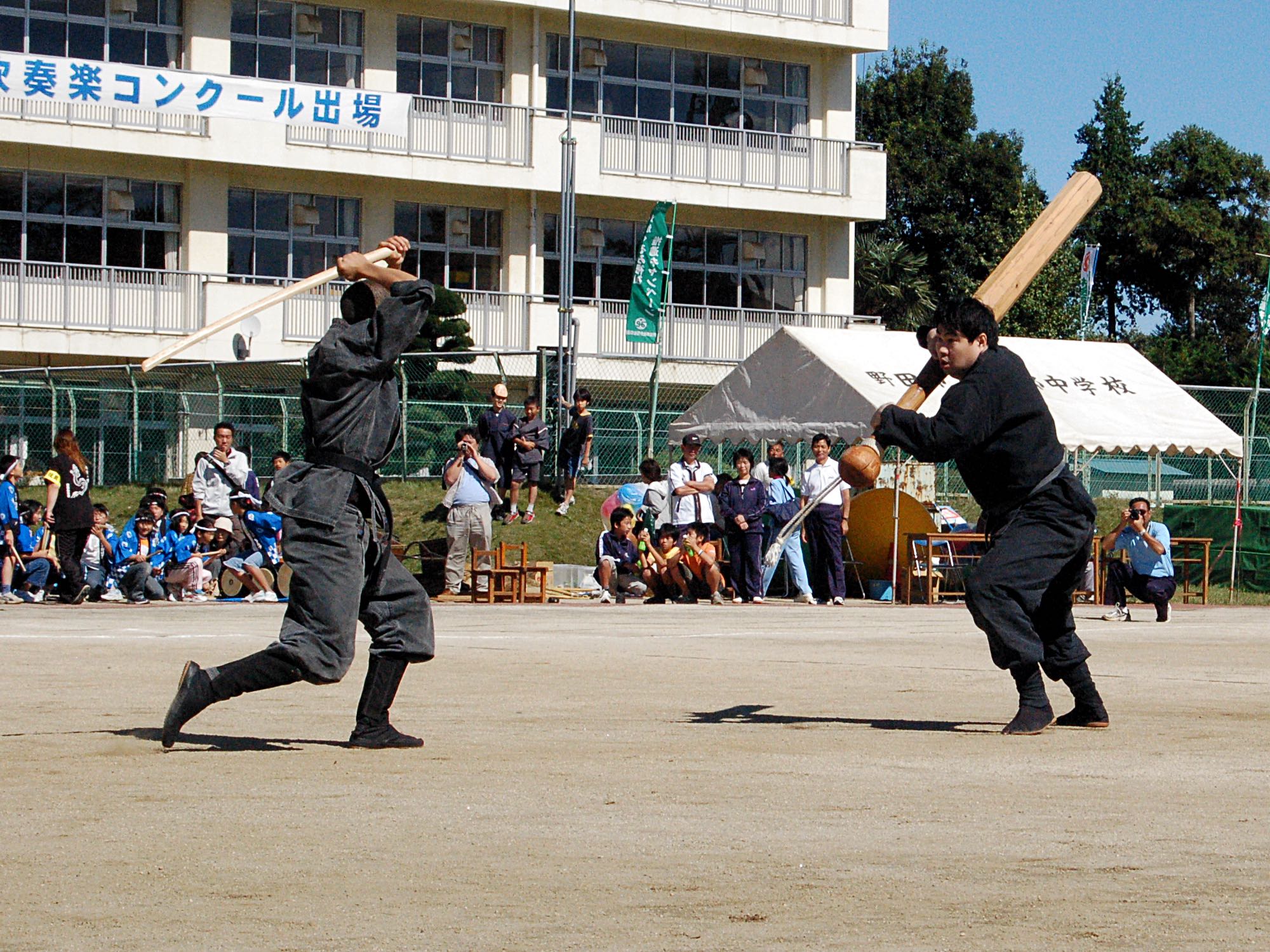Category: texter
-
Put Your Heart & Soul into Consistent Training
En text tagen från Facebook. Var artikeln publicerades först är just nu höljd i dunkel, men vi hittade den på Facebook. Det finns fler artiklar från Sôke, som förhoppningsvis läggs upp här. Vi behöver bara hitta dem i våra gömmor. In order to master any form of art, whether martial or aesthetic, consistent everyday training…
-
Grading Concepts
Ännu en text som är snodd från Facebook. Länk till texten: Grading Concepts Here are some of my views about ranking within the Bujinkan on a cold,windy and rainy winters day. Soke is beyond the trivial concept of ranks. He has spoken about ranking in regards to sports and budo many times over the…
-
Regler i Hombu Dojo
Mark Lithgow fick i uppdrag att berätta lite om etikett för dojos i allmänhet, men Hombu Dojo i synnerhet. Läs och begrunda! Länken till Facebook där detta är kopierat: https://www.facebook.com/mlithgow/posts/10153313662984044?fref=nf “To all my Bujinkan friends: I had a chat with Soke at his house last week regarding ‘dojo manners’, and he said that these…
-
The ‘Kokoro’ of Kihon Happo
Kage No Ittō When thinking about Kihon Happo, I feel I must start from the time, over 23 years ago when I was allowed to become a student. At the time I was a 17 year old high school student, with a strong interest in Judo, Kendo, Karate, Aikido and Shorinji Kempo. I was training…
-
Träna budo
Måhända att rubriken inte riktigt överensstämmer med inlägget, men denna gång hittar jag inte nån rubrik på texten. Jag har snott inlägget från Duncan Stewart på Facebook. Nu har inte alla Facebook eller kanske inte läser överallt där. Nåväl……. Här är länken till originaltexten: https://www.facebook.com/BujinkanTasmaniaTokuBuRyuSuiDojo/photos/….. The Dojo is not a mere social outlet, nor a…
-
“Sanningen” om gogyo no kata
Det finns många som tycker och tänker om alla möjliga saker på den fina webben. Jag kommer fortsätta slänga upp saker som jag anser vara relevanta för oss inom Bujinkan. Läs följande blog från en kille i Colorado. Den handlar om gogyo no kata (san shin no kata) och den elementsanknytning som fanns en gång…
-
Things that make you go ‘Hmmmm’…
Då är jag här igen med en intressant text. Den här är också från Facebook. Denna gång är författaren Mark Lithgow. Mark är känd inom Bujinkan och är den person som bott längst i Noda. Mark är inte så dokumenterad på nätet, så det blir inte så många länkar. Fråga gärna mig eller Mats i…
-
Keiko no Kokoro
Jag hittade en text på Facebook. Den var så pass intressant att jag postar den här. Texten är skriven av Duncan Stewart från Tasmanien. Länk till texten på Fejjan: Keiko No Kokoro Vill ni veta mer om vem Duncan är, surfa nätet eller fråga mig. Här är några länkar: Duncans dojo På Facebook Duncans blog På…

